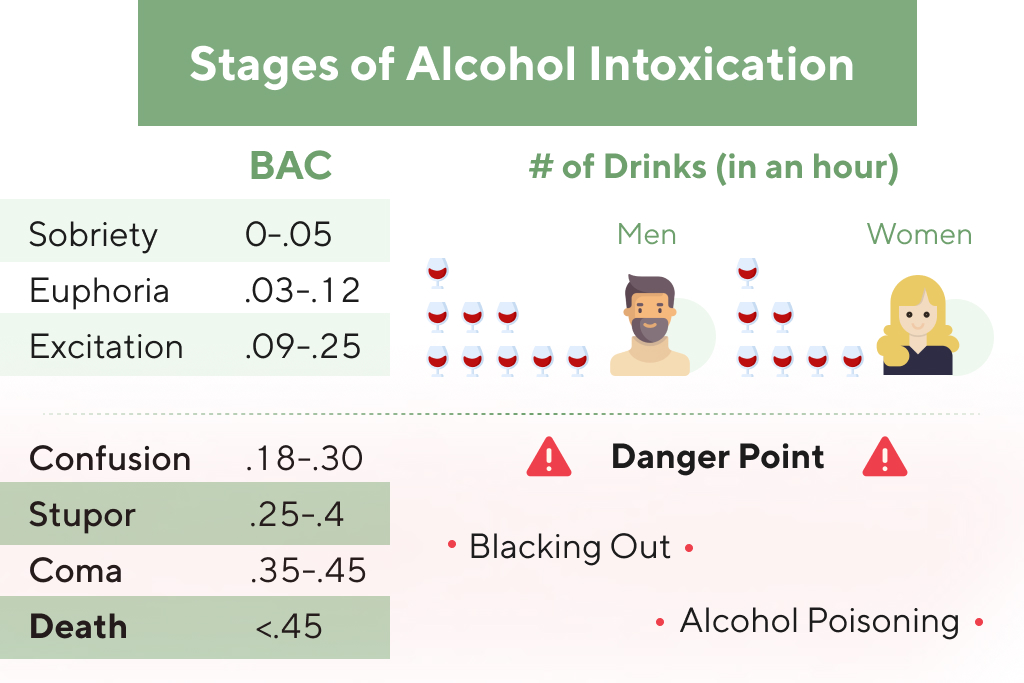Following withdrawal, recovering addicts enter a psychotherapeutic treatment programme that usually takes up to 12 weeks to complete. Research in primate models has found that methamphetamine alters brain structures involved in decision-making and impairs the ability to suppress habitual behaviors that have become useless or counterproductive. Long-term methamphetamine abuse has many negative consequences, including addiction. Addiction is a chronic, relapsing disease, characterized by compulsive drug seeking and use and accompanied by functional and molecular changes in the brain. As the cravings depart, a person begins to think more clearly. This means that they can begin to address the damage they have done to themselves with their drug abuse.
How is amphetamine abused?
Throughout lisdexamfetamine dimesylate treatment, reassess each patient’s risk of abuse, misuse, and addiction and frequently monitor for signs and symptoms of abuse, misuse, and addiction. Increased HIV and hepatitis B and C transmission are possible related consequences of increased methamphetamine abuse, not only in individuals who inject the drug but also in non-injecting methamphetamine abusers. Among injection drug users, infection with HIV and other infectious diseases is spread primarily through the use of contaminated syringes, needles, or other paraphernalia by more than one person. The intoxicating effects of methamphetamine can also alter judgment and inhibition, which may lead people to engage in unsafe behaviors. Methamphetamine abuse may also worsen the progression of HIV and its consequences. In animal studies, methamphetamine increased viral replication; in human methamphetamine abusers, HIV caused greater neuronal injury and cognitive impairment compared with non-drug abusers.
What Are Amphetamine Overdose Symptoms?
- While some of the damage to the brain may be reversible with long-term abstinence from meth, some of the changes may be permanent.
- Following withdrawal, recovering addicts enter a psychotherapeutic treatment programme that usually takes up to 12 weeks to complete.
- Long-term misuse of Adderall may lead to heart problems and increase your risk for stroke or heart attack.
- Psychological cravings for amphetamine can be stronger than the physical cravings.
- Some studies have suggested that children who keep taking stimulants into adulthood may grow up slightly shorter.
- Outpatient treatment for amphetamine addiction can be a beneficial option for people who are unable to commit to an inpatient stay or who have less severe addictions.
- When someone is taking meth, they are alert and energized, and can stay awake for long periods of time.
Controlled substances with known medical use, such as amphetamine, are available only on prescription from a medical professional. There is evidence that amphetamine use to treat ADHD could slow growth in children. Minor effects on the cardiovascular system, including a rise in heart rate and blood pressure, may have long-term effects.
- If you are taking the drug under prescription and experience any side effects, you should contact your GP immediately.
- This is one drug in which medical supervision is absolutely necessary for safe and effective withdrawal.
- After World War II, civilian use of amphetamines increased, and another form of the drug, methamphetamine—easily produced in small domestic labs—also hit the market.
- It is very likely that the recovering addict will suffer sharp, intense cravings for more of the drug.
- People trying to lose weight might also misuse these drugs, since they’re known to cause a loss of appetite.
- People who crush and inject amphetamine tablets may have blockages in their small blood vessels, as some of the components do not break down.
- Although this was a slight increase from the preceding year, the number of deaths as a result of amphetamine use has sharply increased in recent years.
What treatments are effective for people who misuse methamphetamine?
Cocaine, heroin, meth and other drugs under the microscope – ZME Science
Cocaine, heroin, meth and other drugs under the microscope.
Posted: Wed, 05 Jul 2023 07:00:00 GMT [source]
Methamphetamine was developed early in the 20th century from its parent drug, amphetamine, and was used originally in nasal decongestants and bronchial inhalers. Methamphetamine https://ecosoberhouse.com/ causes increased activity, decreased appetite, and a general sense of well-being. It starts working quickly, and its effects can last six to eight hours.
The spores dispersed by these flying saltshakers go on to infect the next generation of cicadas that will emerge more than a decade later and begin the cycle again. Months after graduating high school and with an eye on joining Amphetamine Addiction the military, Noah was described by family as a four-sport athlete and class clown well-liked in his small town. Emancipated at 17, Noah was living with his grandmother who helped raise him at the time of his death.
Okla. Teen Noah Presgrove Survived ATV Incident, Returned to Party Before Mysterious Death, Full Autopsy Reveals
- They can help determine a safe decrease in dosage and monitor and treat side effects.
- Talking to a therapist can help if you’re struggling with mood changes or other mental health symptoms.
- Remember, if you must inject, always use a clean needle and never share.





